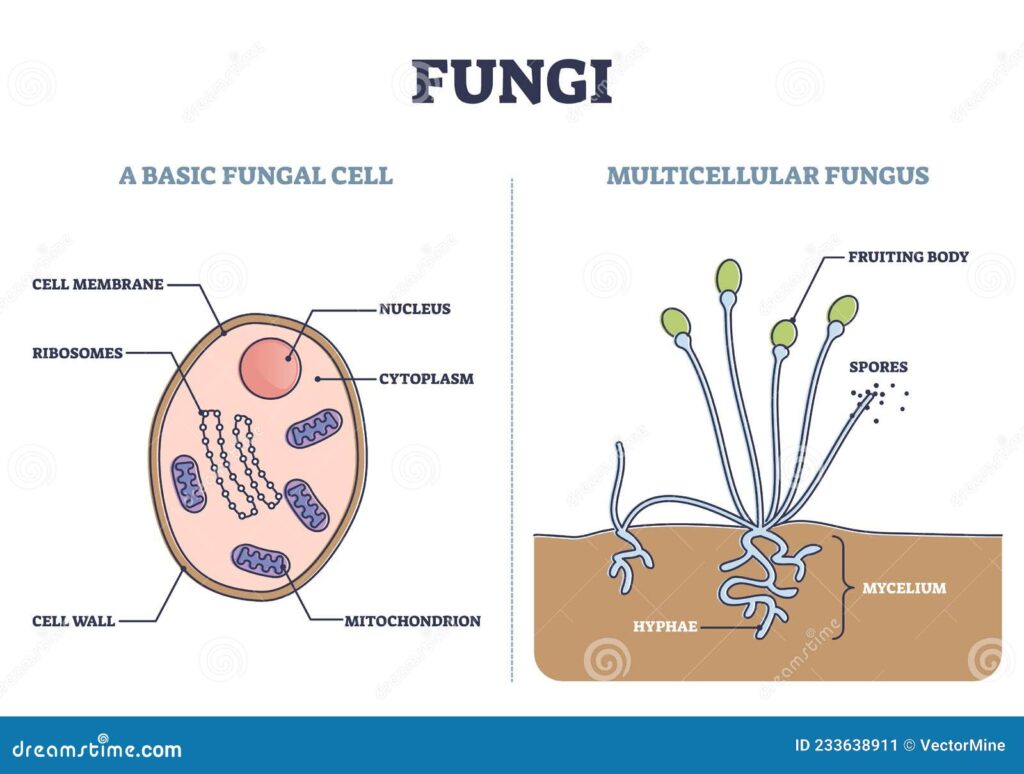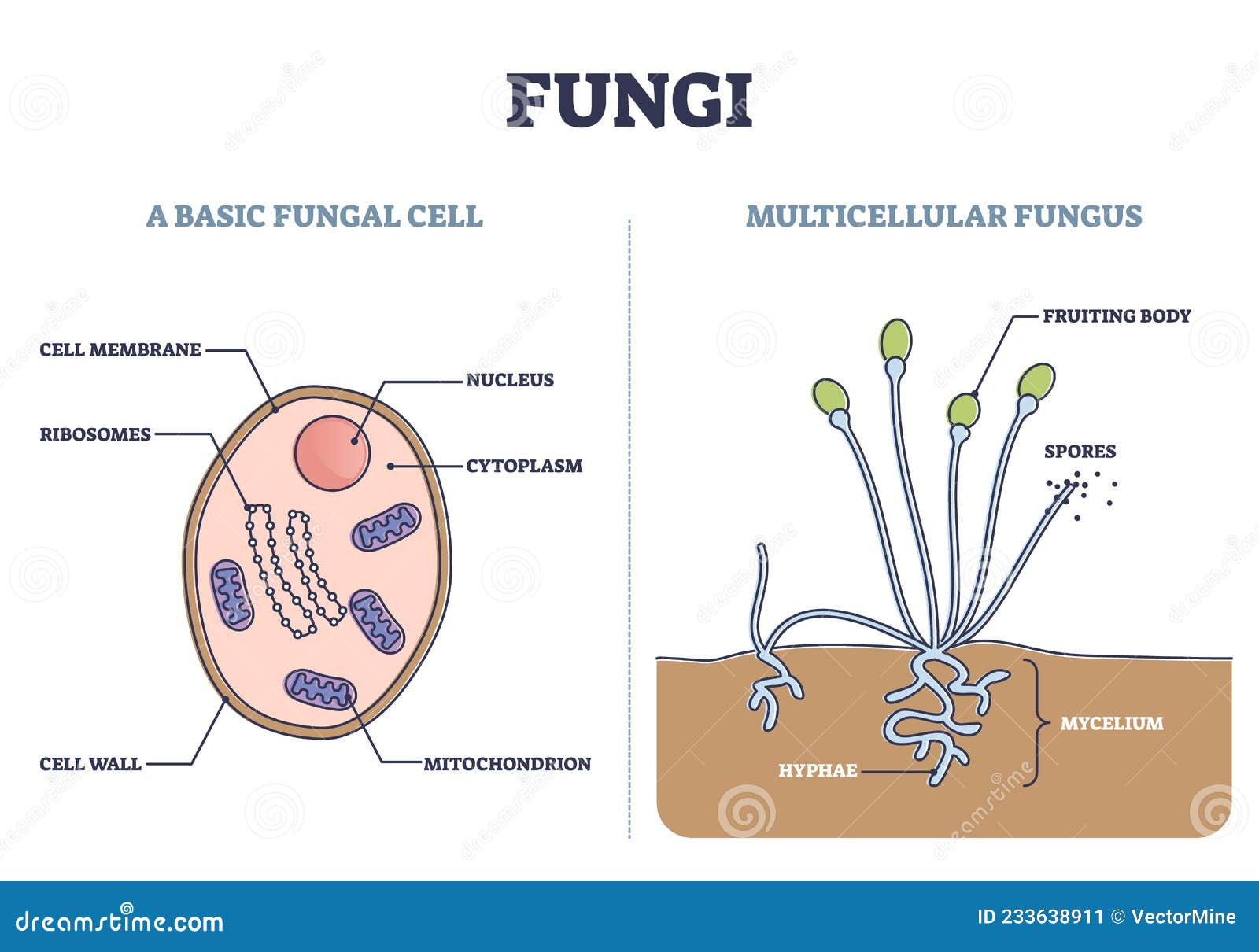
I’m a Fungi: Exploring the Fascinating World of Mycology
When someone declares, “I’m a fungi!”, it’s usually a playful statement, but it hints at a deeper appreciation for the often-overlooked kingdom of Fungi. This isn’t about a personal identity crisis; it’s about embracing the incredible diversity, ecological importance, and surprising uses of fungi in our world. From the mushrooms we eat to the microscopic organisms that keep our ecosystems thriving, fungi are essential and fascinating. This article will delve into the captivating realm of mycology, exploring what makes fungi unique, their vital roles, and why saying “I’m a fungi” might just be a badge of honor.
What Exactly are Fungi?
Fungi are eukaryotic organisms, meaning their cells contain a nucleus and other complex structures. They are distinct from plants, animals, and bacteria, forming their own kingdom. Unlike plants, fungi don’t photosynthesize; instead, they obtain nutrients by absorbing organic matter from their environment. This heterotrophic mode of nutrition is a defining characteristic. Fungi range in size from single-celled yeasts to massive underground networks spanning acres.
The basic structural unit of most fungi is the hypha, a thread-like filament. Hyphae intertwine to form a mycelium, a network that can spread through soil, wood, or other substrates. The mycelium is the main body of the fungus, while the fruiting body, such as a mushroom, is the reproductive structure. Thinking about “I’m a fungi” in this context, it’s like saying you’re part of a vast, interconnected network.
The Ecological Roles of Fungi
Fungi play crucial roles in ecosystems around the globe. They are decomposers, breaking down dead organic matter and recycling nutrients back into the environment. Without fungi, the accumulation of dead plants and animals would stifle life as we know it. Saprophytic fungi feed on dead organic material. They are essential for nutrient cycling in ecosystems. They break down complex molecules in dead organisms, releasing essential nutrients like nitrogen and phosphorus back into the soil. This process is vital for plant growth and overall ecosystem health.
Many fungi form symbiotic relationships with plants, known as mycorrhizae. These fungi colonize plant roots, enhancing the plant’s ability to absorb water and nutrients from the soil. In return, the plant provides the fungus with sugars produced through photosynthesis. This mutually beneficial relationship is critical for the health and survival of many plant species. When considering “I’m a fungi,” think of the symbiotic relationships as an interconnectedness with the world around us.
Some fungi are parasitic, causing diseases in plants, animals, and even other fungi. While parasitic fungi can be harmful, they also play a role in regulating populations and maintaining ecosystem balance. Understanding the complex interactions between fungi and other organisms is essential for managing ecosystems and preventing disease outbreaks.
The Diversity of Fungi
The kingdom Fungi is incredibly diverse, with an estimated 2.2 to 3.8 million species, of which only a fraction have been identified. They are classified into several major groups, including:
- Chytridiomycota: Primarily aquatic fungi, some are responsible for amphibian declines.
- Zygomycota: Includes bread molds and other fast-growing fungi.
- Ascomycota: The largest group, including yeasts, molds, and many edible mushrooms.
- Basidiomycota: Includes mushrooms, puffballs, and bracket fungi.
Each group exhibits unique characteristics and plays distinct roles in the environment. The sheer variety of forms, lifestyles, and ecological functions makes the study of fungi a fascinating and ever-evolving field. When someone proclaims, “I’m a fungi,” they are acknowledging this immense variety and the multitude of roles fungi play.
Fungi in Human Life
Fungi have been used by humans for millennia for various purposes. Some notable examples include:
- Food: Mushrooms are a popular food source worldwide, prized for their flavor and nutritional value. Truffles, morels, and shiitake mushrooms are particularly sought after.
- Medicine: Penicillin, one of the first and most important antibiotics, was derived from the fungus Penicillium. Other fungi produce compounds with antiviral, antifungal, and anticancer properties.
- Industry: Yeasts are used in brewing, baking, and winemaking. Fungi are also used to produce enzymes, organic acids, and other industrial chemicals.
- Bioremediation: Some fungi can break down pollutants in the environment, making them useful for cleaning up contaminated sites.
The impact of fungi on human life is profound, from the food we eat to the medicines that save lives. Recognizing this influence adds another layer to understanding the statement “I’m a fungi.”
The Future of Mycology
The study of fungi, mycology, is a rapidly advancing field. New species are being discovered regularly, and researchers are uncovering novel uses for fungi in medicine, agriculture, and industry. Understanding the complex interactions between fungi and other organisms is crucial for addressing global challenges such as food security, disease management, and environmental sustainability. Mycoremediation, using fungi to clean up pollution, is a promising area of research. Scientists are exploring the potential of fungi to break down plastics, pesticides, and other pollutants, offering a sustainable solution to environmental contamination. [See also: Mycoremediation Techniques and Applications]
The increasing awareness of the importance of fungi is leading to greater appreciation for their role in the environment and in human life. As we continue to explore the fungal kingdom, we are likely to discover even more amazing and beneficial uses for these fascinating organisms. The statement “I’m a fungi” then becomes a forward-looking declaration, embracing the potential of these organisms to shape a better future. Fungi also hold immense potential in sustainable agriculture. Mycorrhizal fungi can enhance plant growth and nutrient uptake, reducing the need for chemical fertilizers. Fungi can also be used as biocontrol agents to protect crops from pests and diseases, offering an environmentally friendly alternative to synthetic pesticides.
The Importance of Fungi Conservation
Despite their importance, fungi are often overlooked in conservation efforts. Many fungal species are threatened by habitat loss, pollution, and climate change. Protecting fungal diversity is essential for maintaining healthy ecosystems and ensuring the continued benefits that fungi provide. Conservation efforts should focus on preserving fungal habitats, reducing pollution, and promoting sustainable land management practices. Raising awareness about the importance of fungi is also crucial for garnering support for conservation initiatives. Recognizing that “I’m a fungi” in spirit means supporting the environment they need to thrive.
Citizen science projects can play a valuable role in fungal conservation. By engaging the public in collecting data on fungal distribution and abundance, researchers can gain a better understanding of fungal ecology and identify areas that are in need of protection. Educating the public about the importance of fungi can also help to reduce negative perceptions and promote responsible foraging practices.
Conclusion: Embracing the Fungal World
So, the next time you hear someone say, “I’m a fungi,” remember that it’s more than just a quirky statement. It’s an acknowledgment of the vital role fungi play in our world, from their ecological importance to their diverse uses in human life. It’s an appreciation for the hidden networks that connect ecosystems and sustain life as we know it. Embracing the fungal world means recognizing its beauty, its complexity, and its potential to shape a better future. By understanding and valuing fungi, we can work towards protecting their diversity and harnessing their power for the benefit of all. Saying “I’m a fungi” can be a statement of awareness, appreciation, and a commitment to preserving these essential organisms for generations to come.

